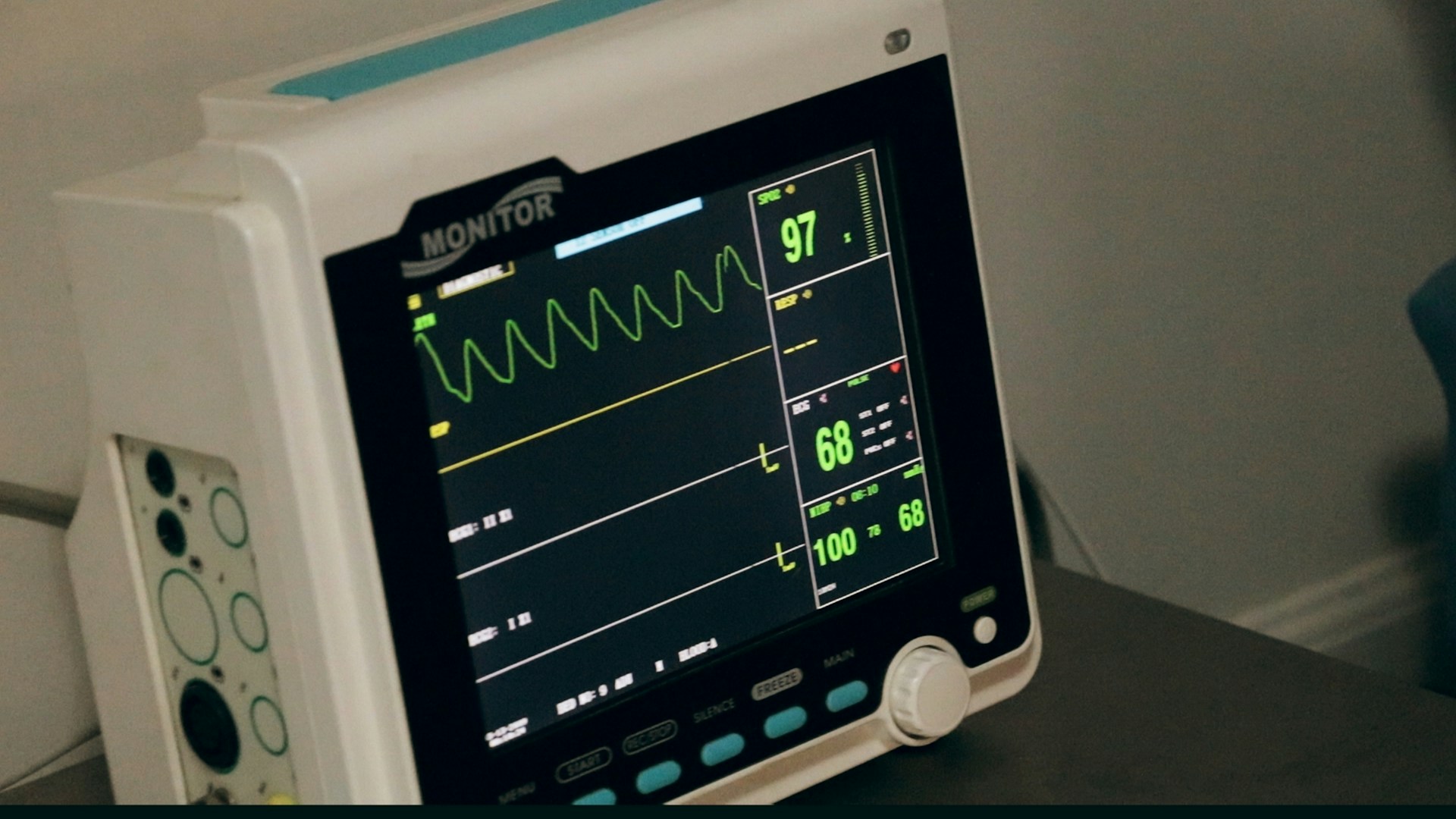The healthcare industry is being transformed by modern medical software, which improves operations, patient care, and provider empowerment. Key advancements include enhanced diagnostics and remote healthcare delivery. This article discusses the evolution of medical software, highlights innovative developments, shares success stories, and predicts its future impact on global healthcare.
The Evolution of Medical Software
Medical software has come a long way since its early days of basic data storage and retrieval. Today, it drives nearly every aspect of healthcare—from administrative tasks to complex clinical decision-making. This evolution is essential, as healthcare systems face heightened demand for efficiency, accuracy, and accessibility.
Modern software solutions now leverage cutting-edge technologies like artificial intelligence (AI), cloud computing, ensuring healthcare delivery is faster, more accurate, and patient-centric. Medical software is no longer just a tool; it’s an integral part of transforming global healthcare systems.
Latest Innovations in Medical Software
Here’s a look at the most exciting advancements currently shaping the industry:
1. AI-Driven Diagnostics
Artificial intelligence is a game-changer in medical diagnostics. AI-powered algorithms can analyze imaging and lab results with unmatched accuracy, often detecting conditions like cancer or heart disease earlier than traditional methods. Companies are leading the way in this field, using AI to provide doctors with actionable insights faster than ever.
2. Telehealth Platforms
Telehealth technology has taken center stage, particularly in the wake of the COVID-19 pandemic. Platforms enable remote consultations, making healthcare accessible anytime, anywhere. They ensure continuity of care for patients in rural areas, reduce wait times, and improve overall convenience.
3. Electronic Health Records (EHR)
Modern EHR systems are lightyears ahead of their predecessors. Advanced tools ensure seamless record-sharing between hospitals and clinics, empowering doctors with a comprehensive view of a patient’s medical history. Platforms are integrating AI-powered features like predictive analytics, which optimize treatment plans and flag potential health risks.
The Impact of Medical Software
1. Enhanced Patient Care
Medical software enables accurate diagnoses, personalized treatment plans, and 24/7 monitoring. These advancements directly improve patient outcomes and satisfaction.
2. Increased Efficiency for Providers
Administrative tasks have long burdened healthcare providers, but medical software automates scheduling, billing, and record management. This allows doctors and nurses to focus on what truly matters—patient care.
3. Shaping the Future of Healthcare
From precision medicine to blockchain-secured patient data, new software systems align healthcare with the demands of an increasingly data-driven age.
Challenges and Opportunities
Despite its potential, medical software isn’t without challenges. High upfront costs, staff training, and concerns over data security often hinder widespread adoption. However, these obstacles present opportunities for innovation. Developers are creating cost-effective, user-friendly solutions to counter resistance, while robust cybersecurity measures build trust in adopting technology.
Public-private partnerships and increased governmental funding can further accelerate the integration of medical software worldwide, ensuring no healthcare provider is left behind in this transformation.
The Future of Medical Software
The future of medical software is incredibly promising. From AI advancements to predictive diagnostics and enhanced telemedicine platforms, innovations will continue to redefine how care is delivered. However, successful adoption requires a united push from healthcare institutions, governments, and technology providers to overcome challenges and unlock opportunities.
Conclusion
Now that you’ve learned about the evolution of medical software, its latest innovations, and its impact on healthcare, it’s clear that we are at the brink of a major transformation in the industry. With cutting-edge technologies driving progress, medical software is poised to revolutionize how healthcare is delivered globally.





Be First to Comment